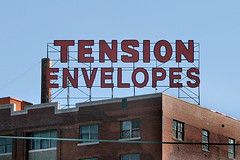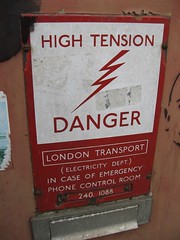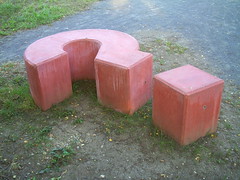In my presentation on structural self-editing, I mention that one column of the scene chart in particular helped to make my story better: the tension column. So when I stumbled across a post on how to use that tension column in my archives, I knew I had to share!
When you’re editing yourself, it can be hard to see which of your scenes are low in tension. For tension, a scene-level edit is a definite must. For each scene, ask yourself:

- Character’s goal: Is it clearly stated or irrefutably implied? (That scene goal in the scene chart thing? Yep. Plus, a scene chart and/or spreadsheet is a really convenient here.)
- Bring on the conflict: Can/should I cut to where the conflict for that goal starts? Is that the worst conflict I could use here?
- Bring out the conflict: Have I stated why this is a difficult/delicate situation?
- Length: Is the scene an appropriate length for its significance? (That applies to both word count and the passage of time in the scene.)
- Setting: Could another setting lend more tension to this scene?
- Purpose: Does this move the story forward? Is my reason for having this scene good enough to justify this scene, or any scene at all?
- Ending: Does the scene end with a disaster for my POV character’s goal? Do we cut away at the worst possible moment, something that will induce the reader to find out what happens next?
- Finally, rating: as Noah Lukeman recommends in The Plot Thickens, rate the scene tension on a scale of 1 to 10.
Another method here is to read the story backwards, scene-by-scene. Or, I guess, you could jump around as long as you made sure you covered everything. That way, you know each scene will stand on its own—but if you change anything important, especially near the beginning, you’ll just have to go through and fix all that again. (Which can cut both ways, of course.)
Of course, this whole method requires brutal honesty. No rating a scene higher because your heroine gets off a few zingers, no keeping a scene that doesn’t serve any real purpose because it has that beautiful paragraph that it took you a month to write. Cut and paste your favorite parts (or the whole scene) into another document and you never have to actually “lose” anything.
Finding and fixing low tension scenes is just the beginning of making sure your story keeps your readers hooked. Tomorrow we’ll look at finding problems with the overarching suspense in your story. (Gulp!)
What do you think? What do you look for to find low-tension scenes?
Photo credit: Samuraijohnny









